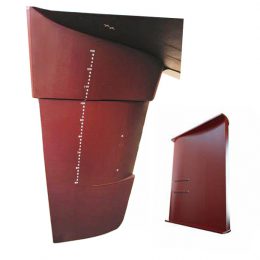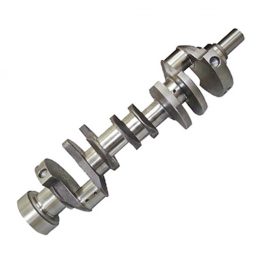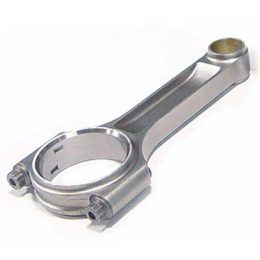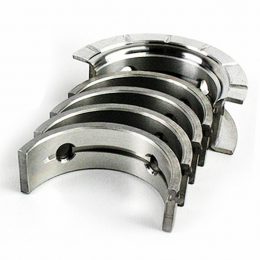Importance of Marine Propeller Shafts in Propulsion Systems
The marine propeller shaft is a vital component of marine propulsion systems, providing the means to transfer power from the engine to the propeller. It is typically a long, cylindrical shaft made of high-strength steel that is designed to withstand the high stresses and torque loads encountered during operation.
The marine propeller shaft is connected to the engine’s output shaft via a coupling or flange, and to the propeller via a stuffing box or stern tube. The stuffing box or stern tube provides a watertight seal around the propeller shaft to prevent water from entering the hull.
Marine propeller shafts are designed to be flexible, allowing them to bend slightly under load to absorb shocks and vibrations. This helps to reduce the risk of damage to the shaft or other components, as well as improving overall system performance and reliability.
The size and specifications of the marine propeller shaft depend on various factors, including the engine’s power output, the propeller’s size and design, and the vessel’s operating conditions. The shaft must be strong enough to withstand the high stresses and loads encountered during operation while also providing the necessary flexibility and damping properties.
Regular maintenance of the marine propeller shaft is critical to ensure optimal performance and longevity. This includes regular inspection for wear or damage, proper alignment, and lubrication of bearings and seals. Any issues should be addressed promptly to prevent further damage or failure of the system.
In conclusion, the marine propeller shaft is an essential component of marine propulsion systems, providing the means to transfer power from the engine to the propeller. It must be designed to withstand high stresses and loads while also providing the necessary flexibility and damping properties. Regular maintenance and inspection are crucial to ensure optimal performance and longevity of the system.
- Marine Check Valves
- Marine Propeller Shaft Maintenance: Key Considerations for Performance
- Sulzer RND76, RND76M, RD90, RND68M for Cylinder liner
- Marine Propeller Shafts: Consider Selecting the Right One
- Exploring Marine Diesel Engine Connecting Rods: Anatomy, Materials, Design and Maintenance
- Exploring the Versatility of Marine Globe Valves



